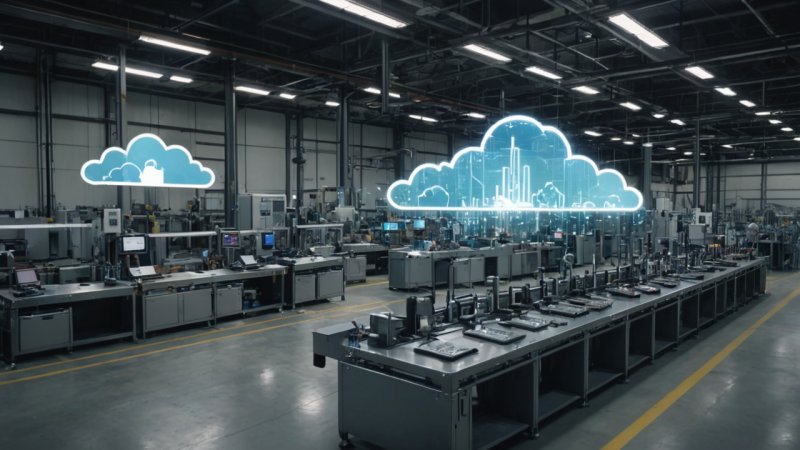The landscape of manufacturing is rapidly evolving, and the integration of cloud solutions is becoming pivotal in driving advanced analytics. These technologies empower manufacturers to glean insights from vast amounts of data, enhancing decision-making and operational efficiency. In this article, we will explore how cloud solutions are transforming manufacturing analytics, the benefits they offer, and practical implementation examples.
Cloud computing provides a flexible and scalable infrastructure that is essential for handling the large datasets generated in the manufacturing process. By utilizing cloud-based analytics, manufacturers can store, process, and analyze data in real-time, allowing for quicker responses to production challenges and market demands.
One of the key advantages of cloud solutions is their ability to facilitate collaboration across various departments and locations. With cloud-based tools, teams can access and share data seamlessly, leading to improved communication and coordination. This is particularly beneficial in manufacturing environments where cross-functional teams must work together to optimize production workflows.
Moreover, cloud solutions can significantly enhance predictive analytics capabilities. By leveraging machine learning algorithms and artificial intelligence, manufacturers can anticipate equipment failures, optimize maintenance schedules, and improve product quality. This proactive approach not only reduces downtime but also minimizes operational costs.
Implementation of cloud solutions in manufacturing analytics can follow several steps:
- Assess Data Needs: Identify the specific data sources and types of analytics needed to support manufacturing goals.
- Select a Cloud Provider: Choose a reliable cloud service provider that offers the necessary tools and security features.
- Data Integration: Integrate existing data systems with cloud solutions to ensure seamless data flow.
- Train Teams: Provide necessary training to staff on how to utilize cloud-based analytics tools effectively.
- Monitor and Adjust: Continuously monitor the performance of the analytics solutions and make adjustments as needed.
For instance, a case study involving a large automotive manufacturer revealed that by implementing cloud-based analytics, they were able to reduce production downtime by 20%. By analyzing real-time data from machinery and supply chains, they could predict when equipment would fail and schedule maintenance accordingly, thus avoiding costly interruptions.
Furthermore, cloud solutions enable manufacturers to leverage big data from various sources, including IoT devices, sensors, and market trends. This holistic approach allows for more comprehensive analytics, driving innovation and competitiveness in the market.
In conclusion, cloud solutions are revolutionizing advanced manufacturing analytics by providing the infrastructure needed to harness the power of data. With benefits such as improved collaboration, enhanced predictive analytics, and the ability to integrate diverse data sources, manufacturers can make informed decisions that drive efficiency and profitability. As the manufacturing industry continues to evolve, embracing cloud technology will be crucial for staying ahead in an increasingly competitive landscape.






